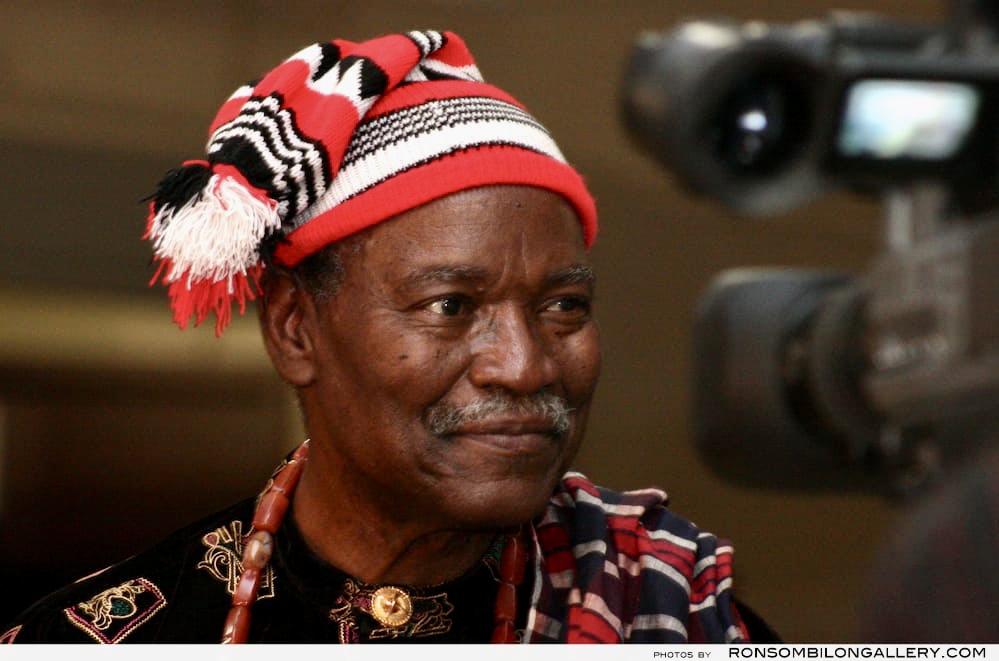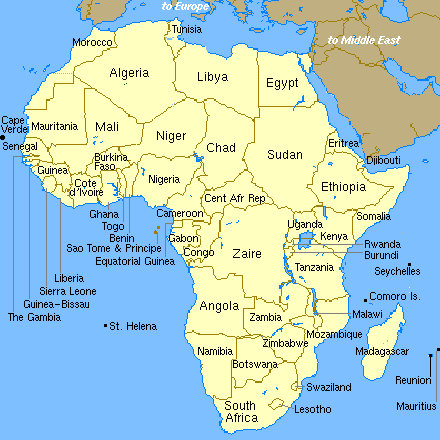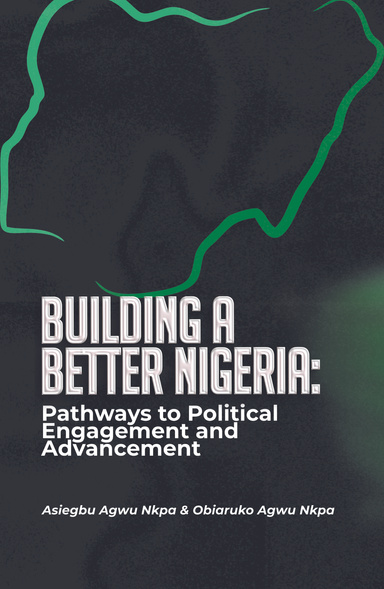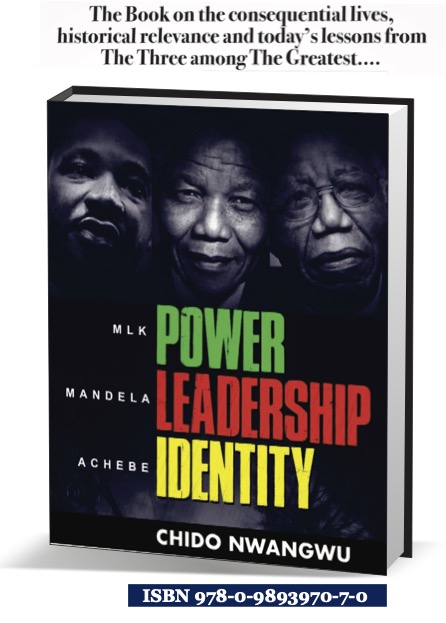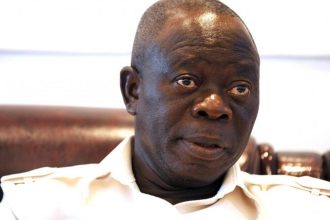In February of every year, Canadians (like Americans), are reminded about the contributions of Black people. Some non-profit organizations hold workshops, exhibitions, or presentations in schools and communities to call attention to the presence of the most visible among visible minority category of Canadians. It is a once-a-year occasion when the history and presence of black people in Canada are featured in schools, agencies, and communities. However, not much is known about the lived experiences of black people in Canada and the challenges they encounter in society because of skin colour.
Dr. Godwin Eni is a black Canadian from Nigeria in West Africa with more than 50 years experience in various aspects of Canadian life, from academia and health care to the civil society and the international arena. Most of his lived experiences as a Black Canadian were acquired in the Province of British Columbia through leadership and participation in civil society. For 30 years he promoted the Canadian Multiculturalism Policy in society and advocated for equality of consideration for everyone.
Over the years, he assisted many Black immigrants in their settlement challenges in Ontario and British Columbia. His family provided temporary residence for some new black immigrants and refugees from Africa. He advised or represented them at immigration hearings and detention facilities and collaborated with some leaders of the black West Indian community to advocate for Black youth in search of direction.
As Covid-19 was ravaging the country, Dr. Eni wrote a book about his lived experiences since 1970 as a black African in Canada. The book “Inside Intercultural Canada” chronicles the challenges of racism and differential treatment of black people in multicultural Canada regardless of the position of responsibility they occupy in society. The book examines different levels of social and economic power in Canadian society and concludes that some racial groups speak from above, brown skin Canadians speak from the middle, black Canadians speak from below, and the original inhabitants of the land speak from the ‘underneath’ of society. More importantly, Dr. Eni views the current responses to discriminatory acts in society as “Underbelly Racism” that hides in political correctness.
Also in his view, Canadian multiculturalism Policy, in part sustains racial discrimination through the colonial taproots of racism long embedded in the structure and processes of the society. He notes: “The inherent taproots of racism in Canadian multiculturalism sustain differences in power relationships among groups, discriminatory practices, and constrain efforts to mitigate the challenges of racial discrimination. As a result, black immigrants must develop coping strategies for racial discrimination and manage impression.”
“Racism is the most consequential albatross on the back of black people in white and brown societies. It denies, devalues, and ignores the ‘essence’ of the black skin colour among humans. The denial often manifests in the lack of acknowledgement of the right to exist in space; to access opportunities for self-actualization; to participate in the communal or collegial sphere; to fulfil personal and collective goals; and to access societal advantages. More importantly, racism inflicts physical, psychological, and emotional trauma on people, especially black people in white and brown societies.”
‘Inside Intercultural Canada’ calls attention to the contributions of black people in society, especially in the Province of British Columbia. The book recognizes several black Africans, black West Indians, and visible minorities in British Columbia who made contributions to the province in the past 30 years. It suggests that the labelling of some citizens as ‘visible minorities’ or ‘ethnics’ is discriminatory and creates two tiers of ‘visible’ and ‘invisible’ citizenry. The book also describes the opinions of Canadians about living together in cultural diversity, from assimilationists, elitists, and seclutionists to cultural centrist, integrationists, multiculturalists, Victims, and transcendentalists.
Dr. Eni proposes a long-term solution to racial discrimination in Canada. He suggests that current approached are limited in scope because they do not address the various colonial taproots of racism in our society and fail to ‘tell the truth’ about our history as a nation.
In the ‘Foreword’ to this book, the former Premier of British Columbia and Federal Minister of Health Hon. Ujjal Dosanjh writes:n “This book provides Canadians, scholars, old and new immigrants, and social service organizations new insights about immigrant lives. Readers will benefit from “cultural self strategies” many black Africans use to cope with racism and inequality in society.
‘Inside Intercultural Canada’ is a must-read for people interested in minority issues, immigrant settlement, cross-cultural relationships, and equality in our society.”
The book concludes with the following comment: “It is not so much about what we think, what should be and the judgements we make about other people’s behaviour, skin colour, accent, and diction that creates dignity and equal opportunity in society. Rather, it is how we act and behave towards those who are not like us that defines a just or unjust society.” www.inside-intercultural-canada.com

